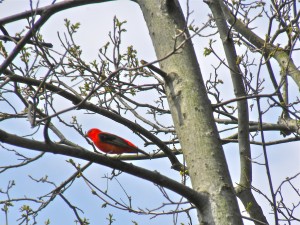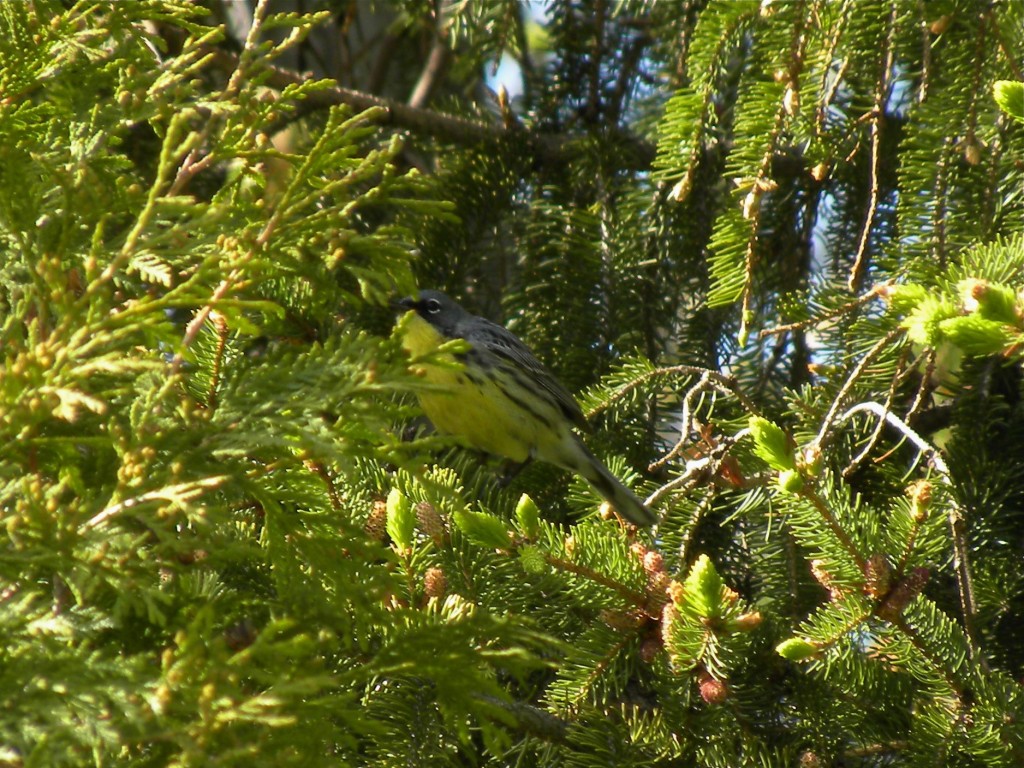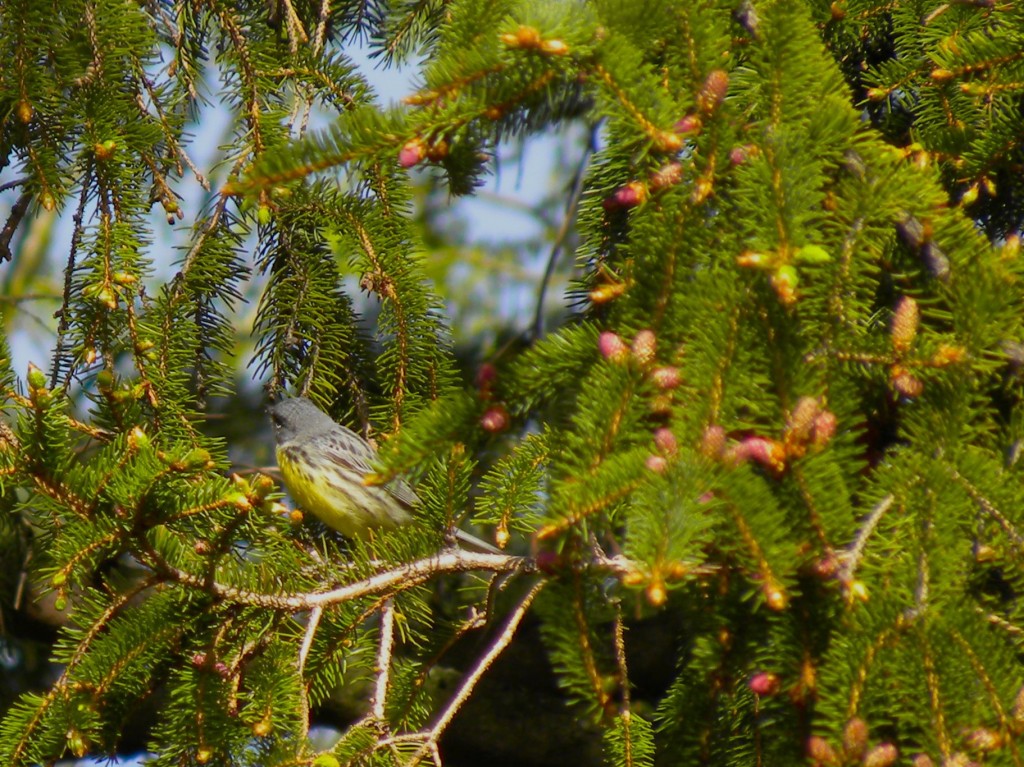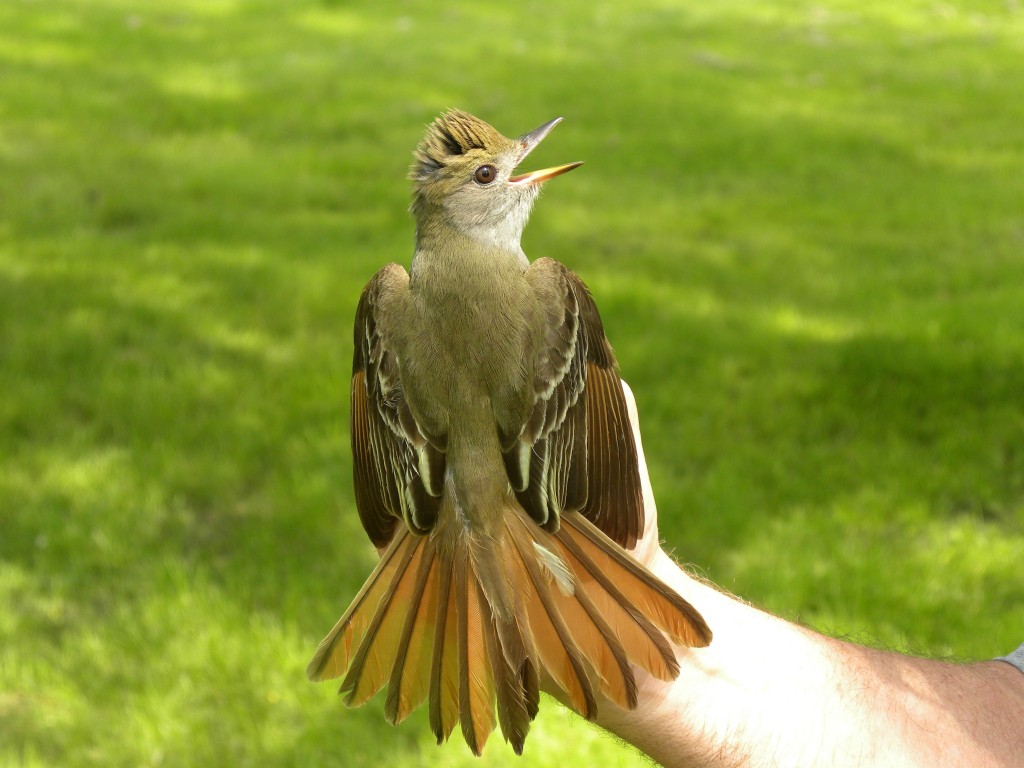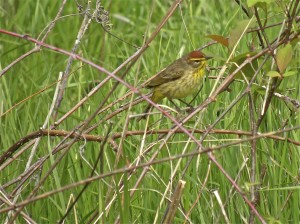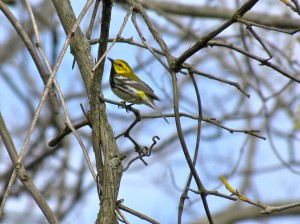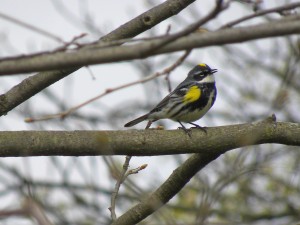May 9 2012. I have long wanted to witness the spring migration of shorebirds along the Atlantic seaboard. The returning birds swarm northwards following the edge of the continent until finally they leap north to their Arctic breeding grounds. We see scant few in central Ontario, so a trip to Cape May, New Jersey seemed to be called for; even though it’s a long day’s drive to get there.
Especially intriguing is the symbiotic relationship between birds and the prehistoric looking Horseshoe Crabs that come ashore to lay eggs at the surf-line, particularly along the Delaware shoreline. Here’s one, were they the inspiration for Darth Vader’s headgear?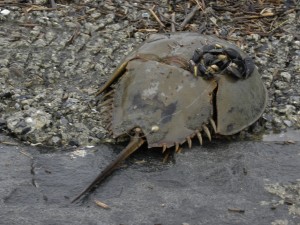
There must be billions and billions of crabs’ eggs laid because millions and millions of birds rely on them as a source of high-protein food and the din and sight of endless ranks of egg-gorging Laughing Gulls is amazing. Amazing enough to make the Laughing Gull my Bird of the Day. They are a very smart looking gull and perhaps I should give them their due before I come to disregard them in the way I disregard Ring-billed Gulls in Ontario.
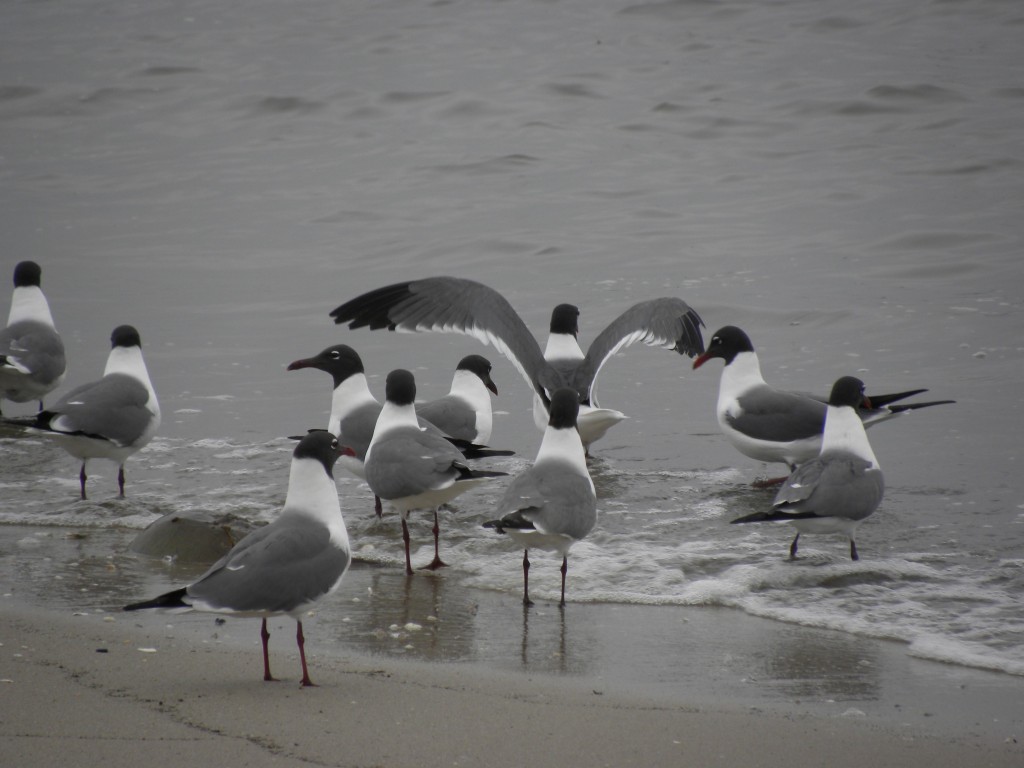
I really wanted to see Red Knots and Ruddy Turnstones, the Red Knot because its Atlantic population is crashing as humans have over-harvested Horseshoe Crabs (and concomitantly the supply of crabs’ eggs as food) to use as fertilizer. Presumably Horseshoe Crabs have been seen as deserving of slaughter for fertilizer because of their rather threateningly prehistoric (& therefore grim) appearance.
Quite apart from Laughing Gulls in the thousands, I was captivated by birds that I have rarely seen, simply because they are birds of the coast. As the tide receded the mud flats became home to Short–billed Dowitchers, Oystercatchers and Greater Yellowlegs. Willets stalked around long-legged and stately in a heavyish way, conspicuous even though they’re rather drabbly coloured. They stood around watching what everyone else was up to, then when time to fly off in alarm, they flashed black and white zig zag wing markings and called out with loud fluting complaints.
I could hear, but not see, many Clapper Rails calling in the marsh grasses, they make a sound like a sharp throaty ” Cratch-cratch-cratch-cratch” slowing and diminishing after a dozen or so repetitions. Great and Snowy Egrets, Forsters and Common Terns dotted the vast expanse of marshes with white splashes. I took lots of pictures, so I’ve posted some more on the photos page.
